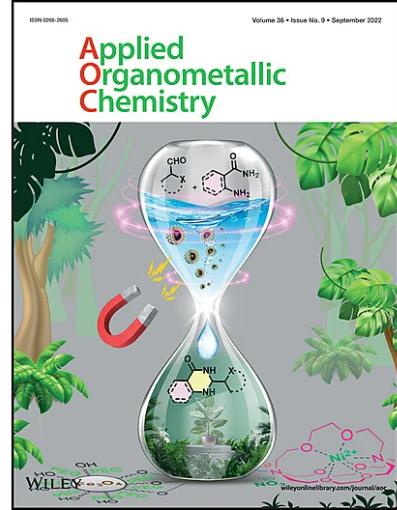Efficient Application of Supramolecular Behavior in the Antimicrobial Activity and Antioxidant of Structurally Mismatched Zn and Co-MOFs
Abstract
The escalating global challenges posed by antibiotic resistance and oxidative stress demand the urgent development of dual-functional materials integrating both antimicrobial and antioxidant capacities to address these intertwined biological threats. This raises a pivotal question: Why not engineer a material capable of simultaneously delivering antioxidant and antibacterial functionalities? To bridge this critical gap, we strategically designed two novel Co and Zn metal–organic frameworks (MOFs) through supramolecular interactions to achieve synergistic antimicrobial–antioxidant performance, rigorously validated via multimodal characterization. Different from traditional antibiotics, these MOFs exert antibacterial effects by controlling the release of metal ions and other mechanisms. Co and Zn-MOFs demonstrated robust antimicrobial efficacy against both Gram-negative and Gram-positive bacteria, coupled with potent antioxidant properties. Zn-MOFs exhibited enhanced antibacterial activity by intensifying membrane disruption via strengthened hydrophobic interactions with bacterial surfaces, whereas Co-MOFs showcased superior antioxidant capacity derived from their redox-active nature. This study unravels the critical mechanistic interplay between metal-bacteria interfacial dynamics and the preservation of cell wall structural integrity. These MOFs redefine multifunctional material paradigms for combating drug-resistant pathogens and oxidative damage, offering transformative potential for biomedical innovations and beyond.


 求助内容:
求助内容: 应助结果提醒方式:
应助结果提醒方式:


